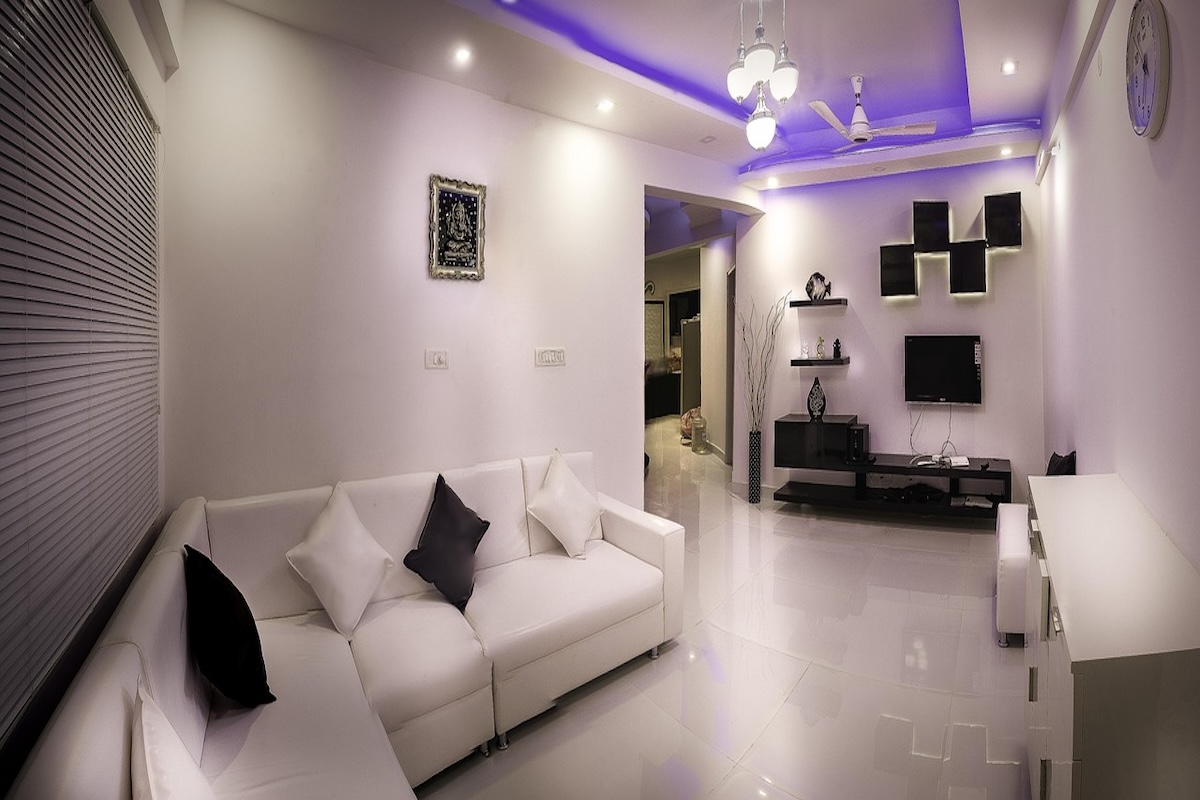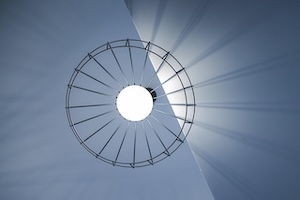
Interior design is no longer just about aesthetics—it’s about creating spaces that are more comfortable, functional, and responsive to the needs of those who use them. One often underestimated area with untapped potential is the ceiling. Smarter ceiling solutions are redefining how interiors look, sound, and feel. Whether it’s the sound-absorbing qualities of acoustic mineral fibre ceiling tiles or the sleek, industrial aesthetic of an expanded mesh ceiling, ceiling choices can dramatically influence the overall performance and appeal of a space.
For years, ceilings have been treated as little more than blank canvases—flat surfaces meant to hide lighting fixtures or ductwork. Today, however, they are being recognised as critical design elements that contribute to acoustic control, energy efficiency, and spatial experience. In modern commercial and institutional interiors, the ceiling has evolved into a dynamic component of the design language, combining style with technical performance.
One of the key factors leading this shift is the growing focus on acoustic performance. In open-plan offices, education centres, and healthcare environments, managing noise is essential to productivity and comfort. Ceilings that integrate acoustic technology help absorb sound, reduce echo, and provide a more balanced audio environment. This not only improves focus and communication but also reduces stress and fatigue for those spending long hours indoors.
Smart ceiling solutions also consider the thermal properties of materials. Certain ceiling systems contribute to insulation, reducing heat loss in winter and limiting heat gain in summer. This usually leads to more consistent indoor temperatures and lower energy costs over time. Combined with well-planned lighting, ceilings can also help optimise natural light reflection, reducing the reliance on artificial lighting during daytime hours.
Visual variety is another advantage. Smarter ceilings offer texture, movement, and interest to what might otherwise be a flat or featureless space. They can be designed to complement minimalist architecture, add contrast to industrial interiors, or soften hard lines in more formal environments. Materials, patterns, and colours can be tailored to support branding, mood, or design themes, creating spaces that are both expressive and intentional.

In public or high-traffic areas, durability and ease of maintenance are critical. Advanced ceiling systems are designed for quick installation, modular replacement, and minimal upkeep. Panels can be removed for access to building services, cleaned easily, or swapped out in case of damage—all without compromising the design integrity of the space. This efficiency is especially valuable in schools, hospitals, and retail centres where downtime must be minimised.
Adaptability is another feature that defines smart ceiling systems. Many are compatible with integrated technologies such as lighting, ventilation, audio systems, or sensors. This allows for flexible use of space, with systems that can evolve as building functions change. For example, a corporate office might reconfigure rooms for hybrid working, and the ceiling layout can support new lighting zones, sound masking, or occupancy monitoring without a major overhaul.
Smarter ceiling solutions are also being embraced for their contribution to sustainability. Materials used in newer systems often contain recycled content and meet low-emission standards for indoor air quality. Additionally, the long-term performance and energy-saving benefits align with green building certifications, making these ceilings suitable for projects seeking environmental credentials.
Designers are now using the ceiling to create spatial zoning in large open areas. Instead of relying solely on walls or partitions, changes in ceiling height, form, or material can indicate a shift in function. A textured ceiling over a lounge area, for example, subtly separates it from a workspace or corridor nearby. This approach keeps interiors open and breathable while still providing definition.
In creative environments like studios, galleries, or hospitality venues, the ceiling becomes a statement piece. Custom cutouts, bold colour contrasts, or unconventional materials like metal, timber slats, or geometric panels create visual drama and a sense of identity. These choices show that a ceiling isn’t just an architectural necessity—it’s a medium for storytelling and brand expression.
In residential interiors, smarter ceiling choices can make smaller rooms feel more spacious or larger rooms feel more intimate. The material and finish can affect the way light behaves, drawing attention to architectural features or diffusing brightness evenly throughout the space. Even subtle changes—like recessed profiles, edge lighting, or panel textures—can create visual depth and warmth.
Ceiling height remains a vital consideration, particularly in spaces with volume. A high ceiling offers grandeur, but without thoughtful treatment, it can feel cold or hollow. Ceiling solutions that include baffles, beams, or suspended features help bring the scale down while improving sound quality. Meanwhile, low ceilings benefit from smooth, reflective finishes that keep the space from feeling cramped.
The ceiling’s role in safety and compliance also makes it a functional priority. Materials must often meet fire rating standards and accommodate emergency lighting or sprinkler systems. Today’s ceiling systems are designed with these practicalities in mind, ensuring that compliance does not come at the cost of design freedom.
Ultimately, improving interiors with smarter ceiling solutions is about aligning form and function. It’s about recognising the ceiling as a contributor to the experience of a room—not just an afterthought. When designers treat the ceiling as an opportunity rather than a limitation, the results are often more cohesive, high-performing environments.
A well-chosen ceiling enhances the architectural narrative of a space, supports acoustic and thermal comfort, and accommodates both aesthetic and technical needs. As interior design continues to evolve, the ceiling is taking its rightful place as a key player in shaping better, more thoughtful built environments—from commercial offices and schools to homes and hospitality spaces.
